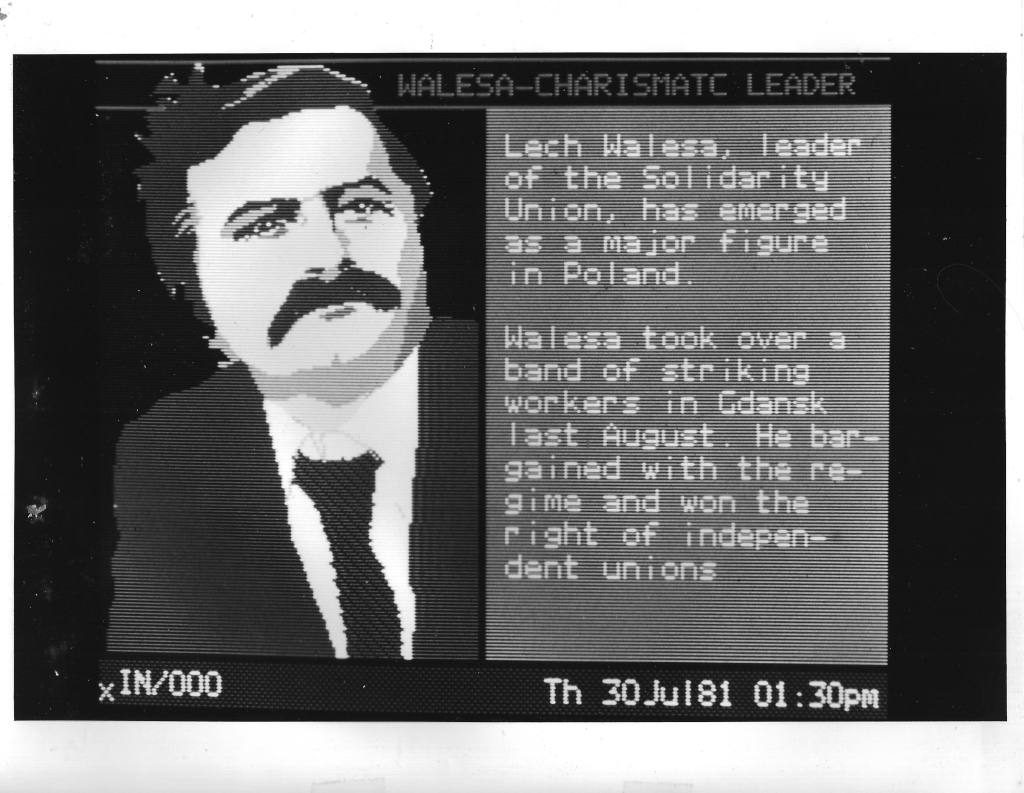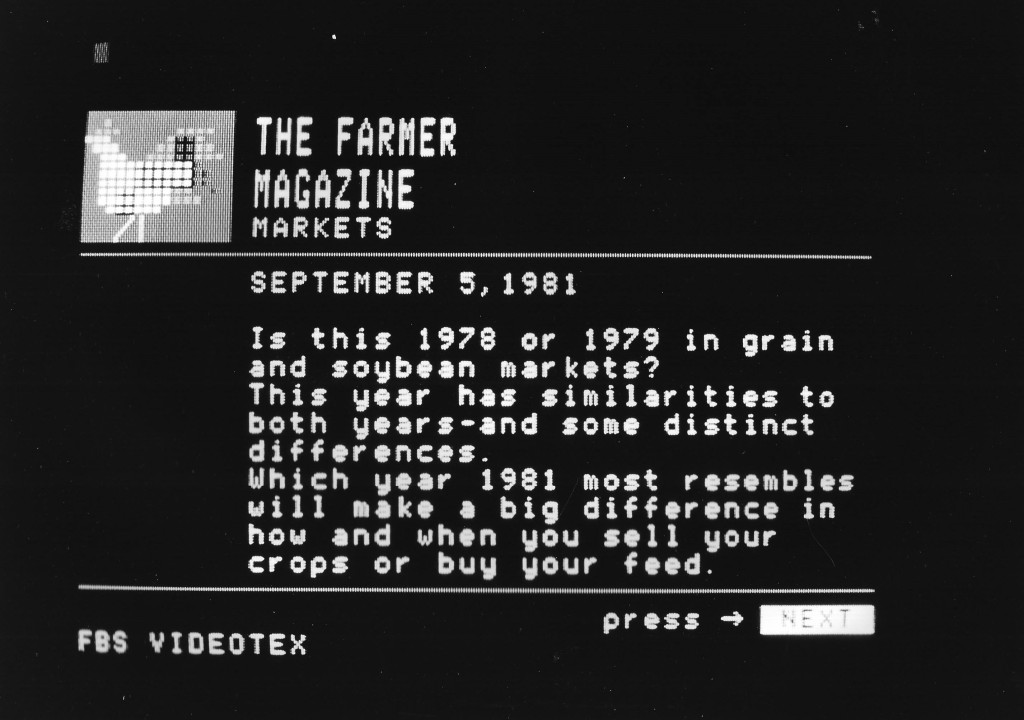Before USB sticks and floppy disks, the primary option for output from a computer was the printer. At that time, printers were big, heavy industrial-class beasts designed for constant use. Centronics was an important leader in the printer market. In fact, its Centronics interface became a standard for parallel ports to this day.

Source: Centronics, 1977
The Centronics 761 printer was typical for the late 1970s. By then the terminal printers were starting to shrink in size and generate a little less noise. Many retained a keyboard to communicate with the mainframe or minicomputer they typically connected to. A dot-matrix printhead was capable of producing output in multiple fonts.
The unit shown in the photo has a keyboard with the APL character set option. APL (A Programming Language) was developed at IBM and used on a number of its systems, which is why Centronics thought it important to offer the option.









